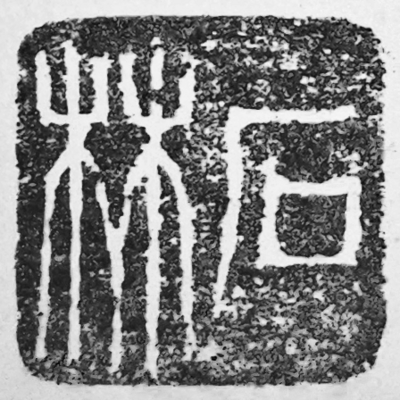AT&T Long Lines “Oak Hill” Tower, San Jose, CA, 2021.
Highly regulated pixels at https://www.flickr.com/photos/mattblaze/51261791084
#photography
@mattblaze@federate.social
When I was a kid, we’d drive by that tower every Sunday on our way to my grandmother’s house. There were a lot of brutalist structures around back then and I never realized it was an unique design. Thanks for the memories.
The hurricane strength one in the Florida keys is always striking
@Reddfugee42@lemmy.world One of at least two very interesting former Long Lines towers in that area! The other is the troposcatter installation south of Florida City, which was (until surprisingly recently) the main telecom link between the US and Cuba. I believe this was the only commercial (as opposed to military or experimental) link to use troposcatter. I think that site (which also had the horn antennas) was also the next hop from the tower you posted.
Captured with the Rodenstock 50mm/4.0 HR Digaron-W lens (@ f/4.5) on a Cambo WRS-1600 camera (with about 15mm of vertical shift to preserve the geometry), the Phase One IQ4-150 back (@ ISO 50) in dual exposure mode (which preserves a couple stops of additional dynamic range into the shadows).
The tower’s shape is irregular; it tapers slightly.
The wide angle and panoramic orientation give a bit of context, alone on a hill (which is being rapidly encroached by adjacent residential development).
For much of the 20th century, the backbone of the AT&T “Long Lines” long distance telephone network consisted primarily of terrestrial microwave links (rather than copper or fiber cables). Towers with distinctive KS-15676 “horn” antennas could be seen on hilltops and atop switching center buildings across the US; they were simply part of the American landscape.
Most of the relay towers were simple steel structures. This brutalist concrete platform in San Jose was, I believe, of a unique design.
The San Jose Oak Hill Tower is unique in a number of ways. The concrete brutalist design appears not to have been replicated anywhere else; it seems to have been site-specific. It sits atop an underground switching center (that was partly used for a military contract), which explains the relatively hardened design.
Today the underground switch is still there, owned by AT&T, but the tower space is leased to land mobile and cellular providers. The old horn antennas at top are disconnected.
With a few exceptions (a few towers atop downtown switching offices in populated areas), no one was trying to make any of this utilitarian communications infrastructure beautiful. It was form strictly following function, built to be reliable and rugged.
But there was, I think, quite a bit of beauty to find in it. I wonder if we’ll look at our current neighborhood cellular towers, now often regarded as a visual blight, the same way decades after they’re (inevitably) also gone.
@mattblaze@federate.social any idea why they decided to do this strange design? Seems like a lot of overkill: it’s not in tornado alley, not in hurricane bowling land, and it doesn’t seem like reinforced concrete would be better for earthquakes than the traditional metal tower.
@vathpela@better.boston It’s a
“hardened” site. It sits atop an underground switch that was part of the DoD’s Autovon network.@mattblaze@federate.social oh, nukes. okay.
@mattblaze@federate.social Aren’t microwave networks still used for High Frequency Trading? I know that these are not the same as the AT&T microwave network, rather they are relatively new facilities purpose built for HFT.
@bpoortinga@mstdn.social Yes, high frequency trading is in a unique space- they don’t care much about bandwidth (compared with a telecom network), but they care a lot about latency. Microwave has a faster velocity factor than fiber, so a lot of the trading firms have their own microwave links. Generally shorter distances (a few hops at most), though I believe there’s a network of relays between Jersey City and Chicago (mostly using old AT&T sites with newer equipment).
@mattblaze@federate.social It never ceases to amaze me how quickly we built and abandoned huge, wonder-of-the-world-scale infrastructure projects. We pulled twisted pairs of copper wire to the large majority of structures in the United States!
And then almost entirely walked away from it
look on my works, ye mighty, and despair
@mattblaze@federate.social Looks weirdly ominous…
@mattblaze@federate.social Haven’t you posted this one before?
@resuna@ohai.social Possibly. Is that OK?
@mattblaze@federate.social
Of course it’s OK.
I was hoping you were going to say “You must have remembered it from Google Plus” or “It was this other tower at this other location” or “Turns out I actually have 34 photographs of this tower taken over a period of 17 years”.







